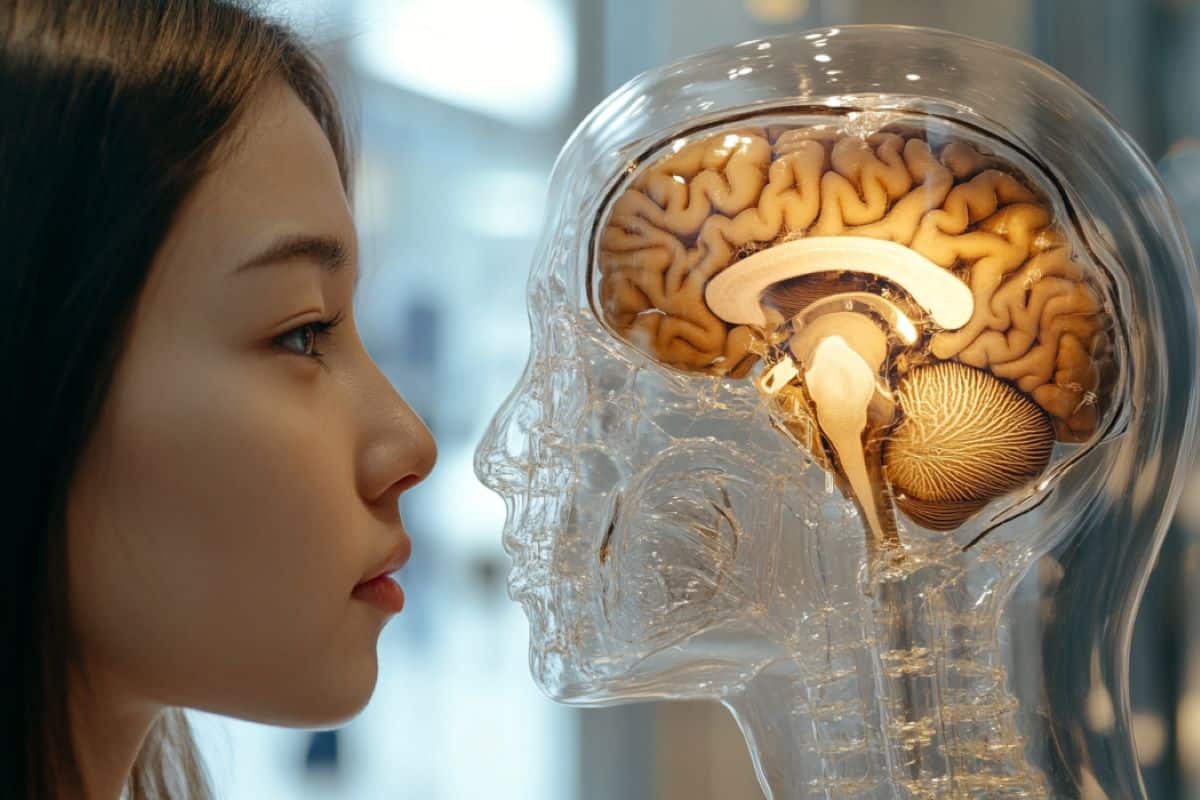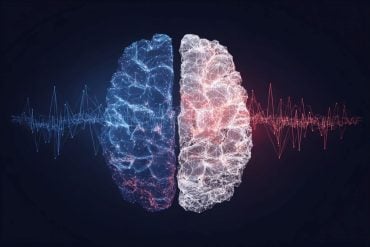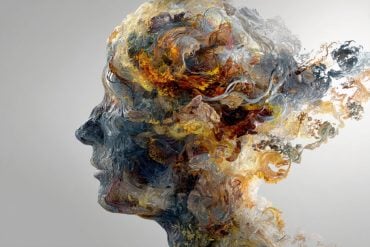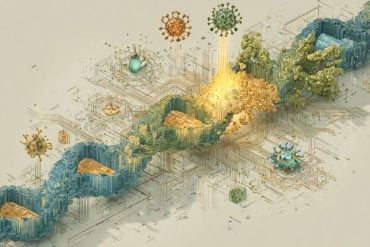Summary: Researchers have identified two neural circuits in the retrosplenial cortex (RSC) that are critical for spatial navigation and memory storage. The M2-projecting pathway links spatial thought to action, while the AD-projecting pathway supports location-specific memory.
Using advanced mapping techniques, the team found that inhibiting these circuits impaired object-location memory and spatial actions. These findings provide a foundation for understanding how neurodegenerative disorders like Alzheimer’s disease affect specific brain regions and could lead to more targeted treatments.
Key Facts:
- Two RSC pathways were identified: M2-projecting (action) and AD-projecting (memory).
- Blocking M2 neurons impaired spatial actions, while AD neurons affected memory recall.
- Insights into RSC circuits may guide treatments for Alzheimer’s and cognitive disorders.
Source: UC Irvine
Researchers led by the University of California, Irvine are the first to reveal how two neural circuits located in the brain’s retrosplenial cortex are directly linked to spatial navigation and memory storage.
This discovery could lead to more precise medical treatments for Alzheimer’s disease and other cognitive disorders by allowing them to target pathway-specific neural circuits.

The study, recently published online in the journal Molecular Psychiatry, identified two types of RSC pathways, connected to different parts of the brain, each with its own pattern of inputs and functions.
“By demonstrating how specific circuits in the RSC contribute to different aspects of cognition, our findings provide an anatomical foundation for future studies and offer new insights into how we learn and remember the space around us,” said lead and co-corresponding author Xiangmin Xu, UC Irvine Chancellor’s Professor of anatomy and neurobiology and director of the campus’s Center for Neural Circuit Mapping.
“This is an important step in understanding how conditions like Alzheimer’s disease and other neurodegenerative disorders affect particular regions of the brain, which will help to inform new approaches and treatments.”
The RSC is linked to multiple regions of the brain. The team focused on two main pathways, the M2-projecting, which is connected to the secondary motor cortex, and the AD-projecting, which is connected to the anterior thalamus.
M2 neurons are involved in turning spatial thought into action, while the AD neurons are vital to remembering specific locations.
To observe these circuits in action, researchers used advanced viral tools to map and manipulate the connections separately and evaluate the effects.
They found that blocking M2-projecting neurons made it more difficult to remember where objects were located and to associate specific places with actions. Inhibiting AD-projecting neurons only diminished memory of objects’ location.
“We are expanding on these results to explore additional pathways within the RSC, examining how different types of neurons impact memory and spatial orientation,” Xu said.
“Our goal is to build a map of the brain’s ‘GPS system.’ This will not only increase our knowledge of how we navigate our world and form memories of it, but also help identify specific brain cells and their pathways contributing to various disorders such as Alzheimer’s disease and develop treatments that target them.”
Other team members were Xiaoxiao Lin, Ali Ghafuri, Xiaojun Chen and Musab Kazmi, all current or former members of Xu’s lab; and co-corresponding author Douglas A. Nitz, professor and chair of cognitive science at UC San Diego.
Funding: This work was supported by the National Institutes of Health under grants NS078434, MH120020 and U01AG076791.
About this neuroscience research news
Author: Patricia Harriman
Source: UC Irvine
Contact: Patricia Harriman – UC Irvine
Image: The image is credited to Neuroscience News
Original Research: Open access.
“Projection-specific circuits of retrosplenial cortex with differential contributions to spatial cognition” by Xiangmin Xu et al. Molecular Psychiatry
Abstract
Projection-specific circuits of retrosplenial cortex with differential contributions to spatial cognition
Retrosplenial cortex (RSC) is a brain region involved in neuropsychiatric and neurodegenerative disorders. It has reciprocal connections with a diverse set of cortical and subcortical brain regions, but the afferent structure and behavioral function of circuits defined by its projection-specific sub-populations have yet to be determined.
The corticocortical connections between RSC and secondary motor cortex (M2), as well as corticothalamic connections between RSC and anterodorsal thalamus (AD) have been hypothesized to function as semi-independent, but parallel pathways that impact spatial information processing in distinct ways.
We used retrograde and anterograde viral tracers and monosynaptic retrograde rabies virus to quantitatively characterize and compare the afferent and efferent distributions of retrosplenial neuron sub-populations projecting to M2 and AD. AD-projecting and M2-projecting RSC neurons overlap in their collateral projections to other brain regions, but not in their projections to M2 and AD, respectively.
Compared with AD-projecting RSC neurons, M2-projecting RSC neurons received much greater afferent input from the dorsal subiculum, AD, lateral dorsal and lateral posterior thalamus, and somatosensory cortex. AD-projecting RSC neurons received greater input from the anterior cingulate cortex and medial septum.
We performed chemogenetic inhibition of M2- and AD-projecting RSC neurons and examined its impact on object-location memory, object-recognition, open-field exploration, and place-action association.
Our findings indicate that inhibition of M2-projecting RSC neurons impairs object location memory as well as place-action association, while the RSC to AD pathway impacts only object-location memory.
The findings indicate that RSC is composed of semi-independent circuits distinguishable by their afferent/efferent distributions and differing in the cognitive functions to which they contribute.






